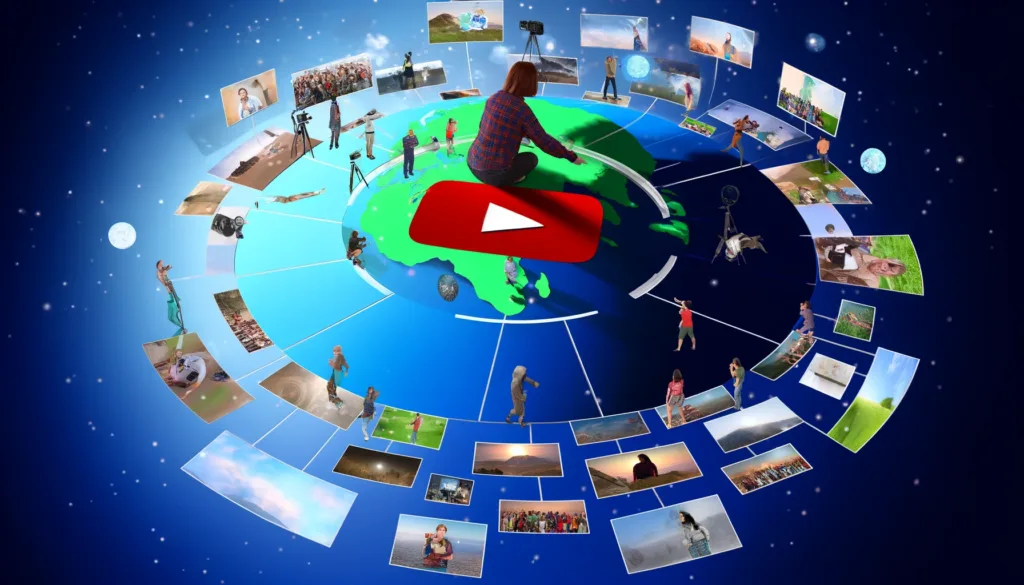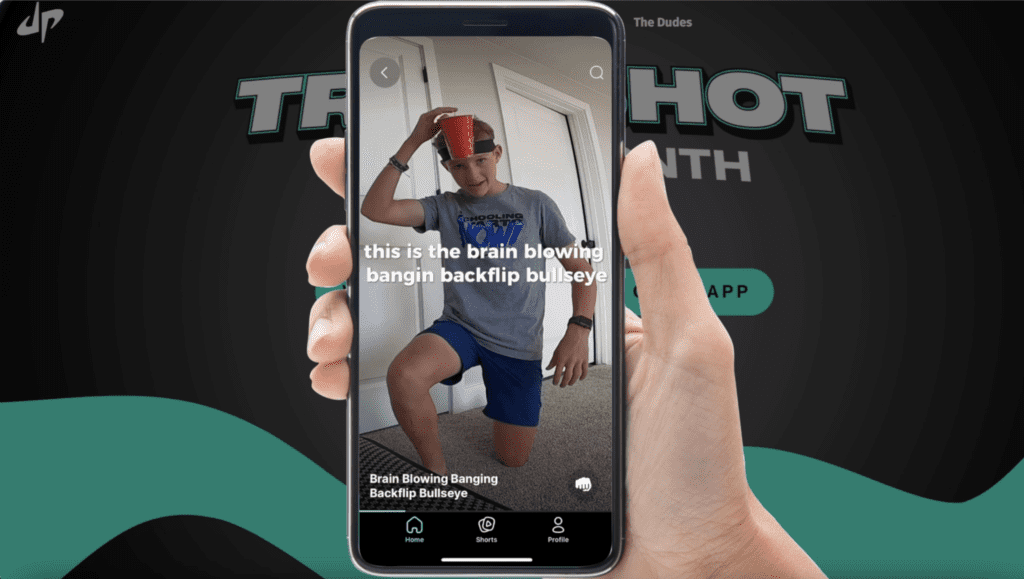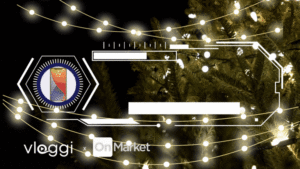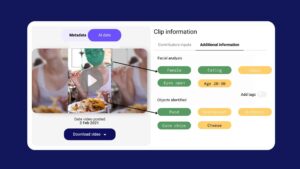The landscape of media and content creation has undergone significant transformations over the decades, evolving from one-way broadcasts to highly interactive and collaborative platforms. This evolution has led us through various eras of audience engagement, culminating in the latest trend of participatory video for co-production in social media. Let's explore these transformative periods and conclude with how modern tools, like Vloggi, facilitate this new era of content creation, specifically targeting YouTube collaborations.
Let's dive into the history of audience participation, highlighting five major trends that have shaped audience engagement in our media landscape.
1. 1970s - The Dawn of Interaction: Radio Phone-ins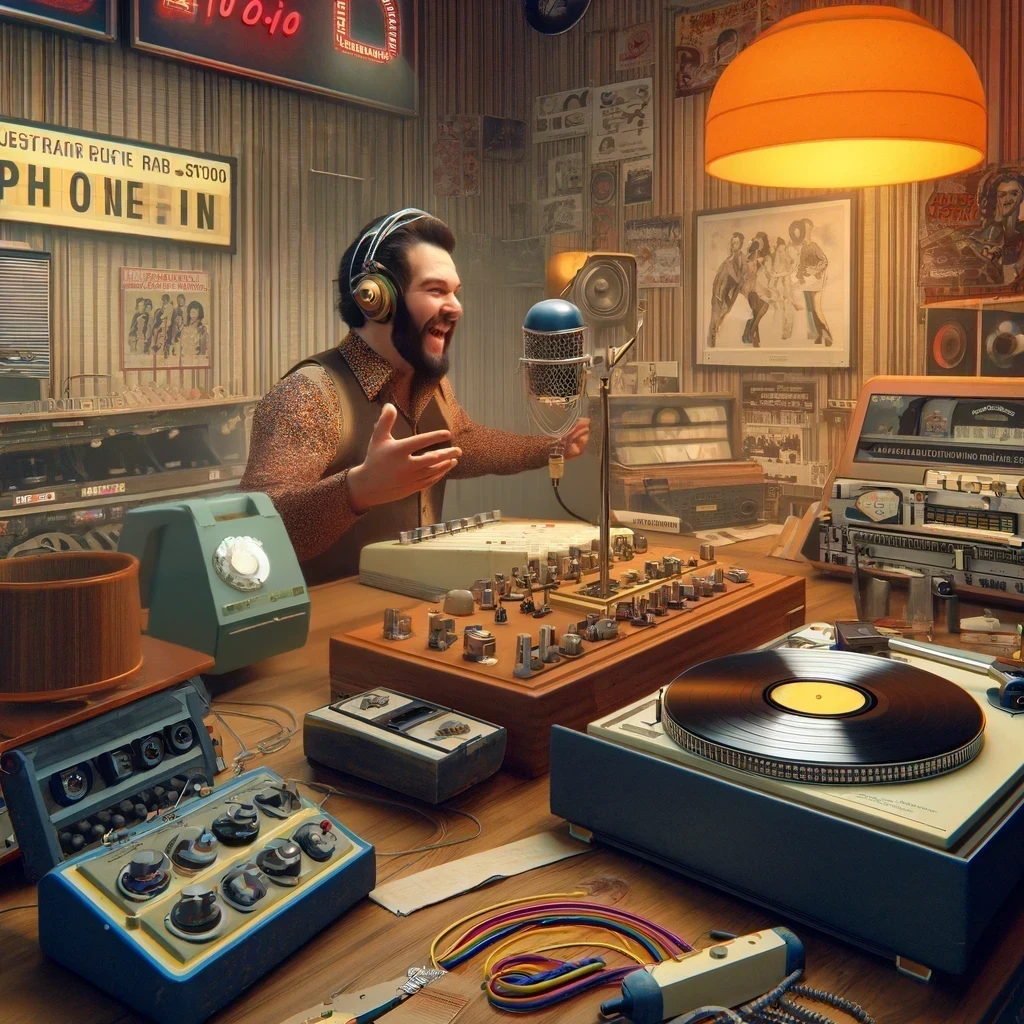
The 1970s marked a pivotal turning point in audience engagement with the introduction of radio phone-ins. Before this innovation, radio was largely a one-way communication channel, with DJs and hosts speaking to an unseen, silent audience. However, phone-ins revolutionized this dynamic, allowing listeners to voice their opinions, request songs, and even contribute to discussions live on air. This not only enriched the content but significantly boosted listener engagement and loyalty. California FM stations, pioneers of this trend, saw their listener figures soar, proving the immense value of interactive content.
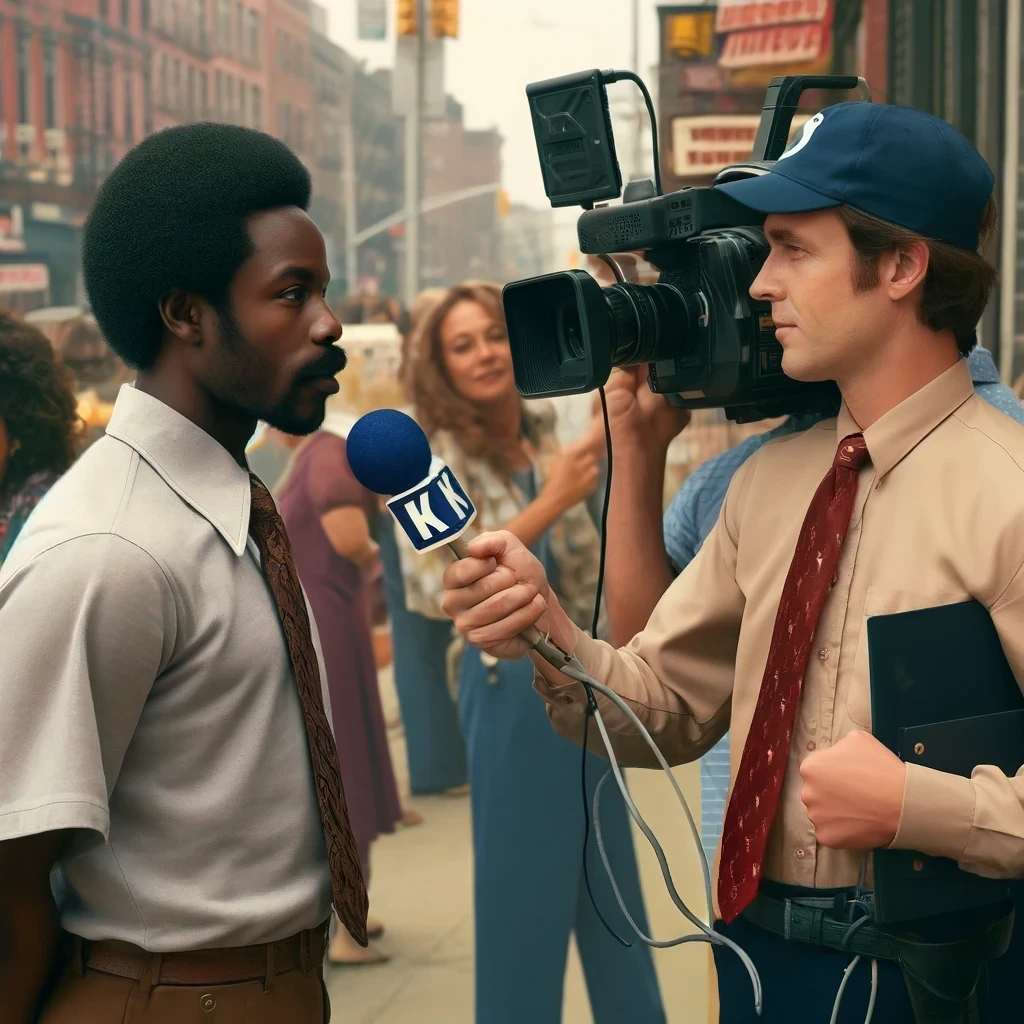
2. 1980s - Giving the Public a Voice: Vox Pops as Prototype Participatory Video
The 1980s ushered in another significant trend with the advent of Vox Populi on TV news stations. By incorporating the opinions and voices of the public into news segments, broadcasters added a new dimension to their coverage. This approach made the news more relatable and engaging, as viewers saw themselves reflected in the stories being told. The success of vox pops was undeniable, spreading rapidly from the US to become a global phenomenon in less than a decade.
3. 1990s - The Rise of User-Generated Content: Blooper Shows
The 1990s saw the birth of a new genre of television that would lay the groundwork for future user-generated content: blooper shows. Programs like "America's Funniest Home Videos" invited viewers to submit their home movies for broadcast, turning everyday people into contributors to the show's content. This not only provided endless entertainment but also marked a significant shift in viewer engagement, making the audience an integral part of the content creation process.
4. 2000s - Reality TV: The Ultimate Audience Participation
The 2000s brought reality TV into the limelight, with shows like "Survivor" transforming participants into their own camera crews. This genre blurred the lines between creator and audience, making the viewers' experience more immersive and personal. Reality TV showed that involving the audience in the content creation process could produce compelling, relatable, and highly engaging content.
5. 2010s - Social Media Followers Collaborate with Creators via Q&As
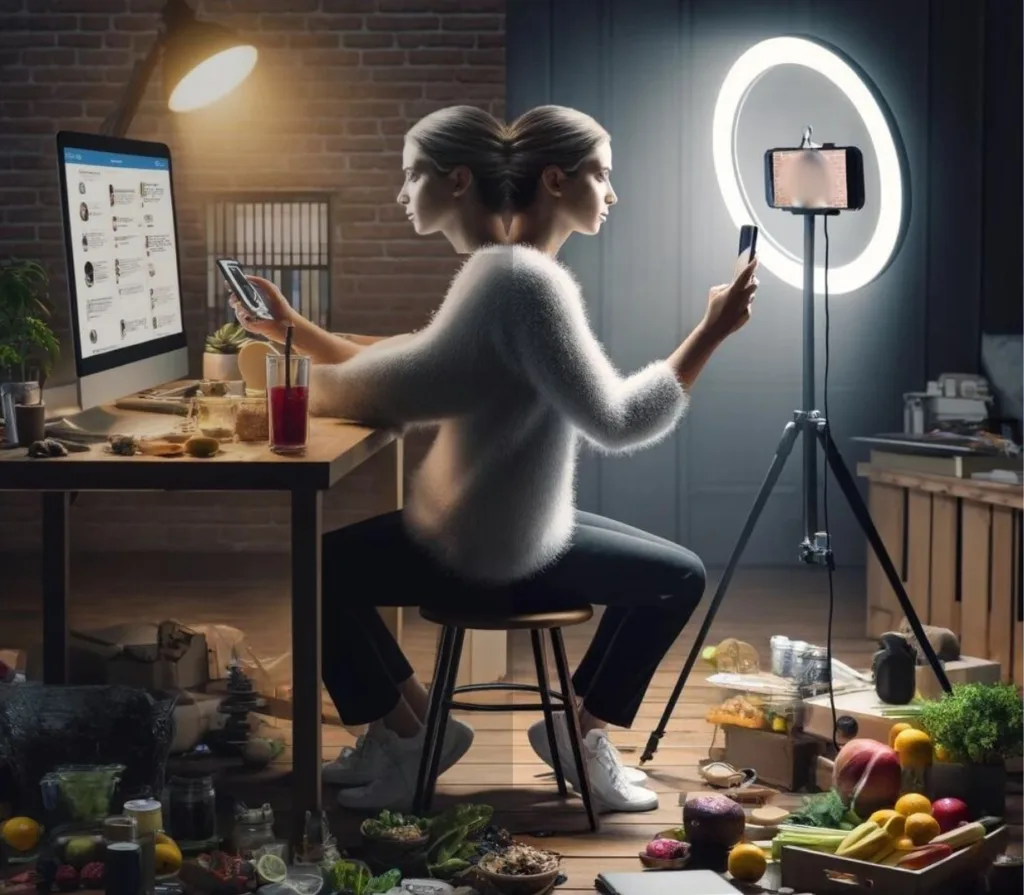 In the early days of social media, community engagement was missing. To bridge the era between reality TV and today's co-productions, the 2010s saw the rise of interactive Q&A sessions that influencers embraced to engage with their audience directly. Many influencers mastered the art of posing questions to their audience, from fill-in-the-blank prompts that unleash creativity to open-ended questions that encourage deep thought and discussion. These tactics not only stimulate engagement but also offer insights into the audience's preferences and thoughts, creating a two-way communication channel that enhances the relationship between the influencer and their followers (HeyOrca).
In the early days of social media, community engagement was missing. To bridge the era between reality TV and today's co-productions, the 2010s saw the rise of interactive Q&A sessions that influencers embraced to engage with their audience directly. Many influencers mastered the art of posing questions to their audience, from fill-in-the-blank prompts that unleash creativity to open-ended questions that encourage deep thought and discussion. These tactics not only stimulate engagement but also offer insights into the audience's preferences and thoughts, creating a two-way communication channel that enhances the relationship between the influencer and their followers (HeyOrca).
6. 2020s - YouTube Coproductions: Participatory Video for Coproductions between Audience and Viewer
Today, the most forward-thinking YouTube channels are taking audience participation to new heights by incorporating viewer-submitted content. This approach not only enriches the channel's content but also fosters a sense of community and collaboration between creators and their viewers. By leveraging platforms like Vloggi, YouTubers can easily manage and integrate audience-submitted clips, ensuring content remains fresh, relevant, and engaging. This strategy not only addresses the challenges faced by content creators, such as maintaining a consistent content strategy and keeping up with trends, but also offers a cost-effective way to create high-quality, engaging content.
For example, sports and comedy channel Dude Perfect uses Vloggi to collect thousands of trick shot videos from the channel's followers and then re-uses in its channel content.
Read how Dude Perfect uses Vloggi to collect viewer videos for use in its channel
The Role of Vloggi in Bringing the Best YouTube Collaborations between Audience and Creators
Vloggi is pioneering this new wave of participatory video for co-production by offering a platform where creators can seamlessly collaborate with their audience. Here's how Vloggi is enhancing YouTube collaboration:
- Participatory Video for Co-production: Vloggi's video Q&A builder enables a direct dialogue between creators and their audience, making the co-production process more dynamic and inclusive.
- Collaborate with Creators: By simplifying the process of submitting video questions and responses, Vloggi encourages a more profound collaboration between creators and their communities.
- Enhanced Engagement: The platform fosters an environment where audience members feel valued and involved, leading to higher engagement and more meaningful content.
- Global Insights: With contributions from a worldwide audience, creators gain unique perspectives, ensuring their content remains relevant and diverse.
- Quality Content: Vloggi's selection process allows creators to choose the best submissions, maintaining high-quality standards for their projects.
Get started today with Vloggi's tools for content creators
In conclusion, the evolution of audience participation from radio phone-ins to YouTube collaborations highlights a significant shift in the media landscape. By embracing and encouraging audience engagement, content creators can build stronger connections with their viewers, leading to more dynamic, inclusive, and engaging content. Platforms like Vloggi are at the forefront of this trend, offering tools that streamline the process of incorporating audience-submitted content, thereby enhancing the overall content creation strategy for YouTubers and broadcasters alike.

